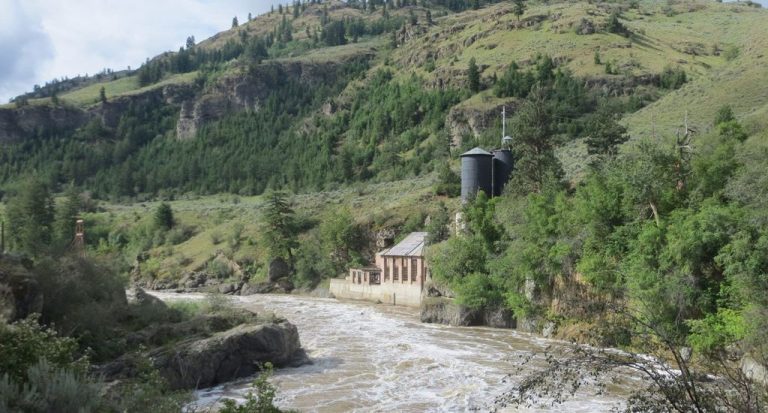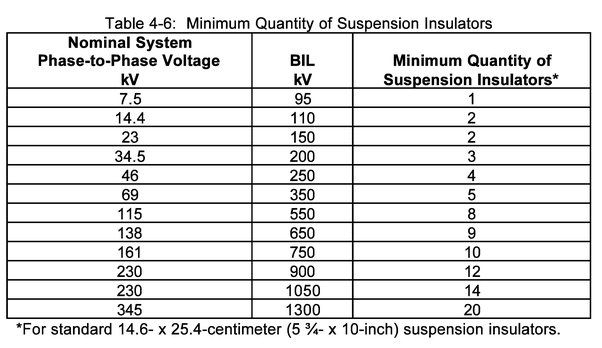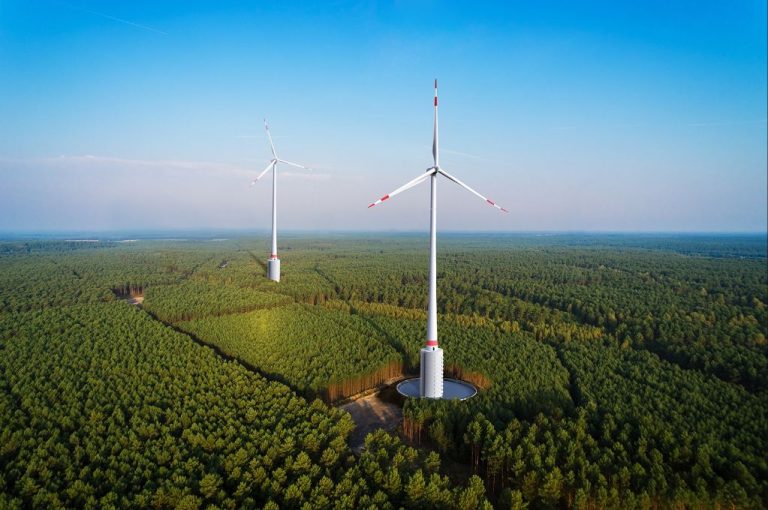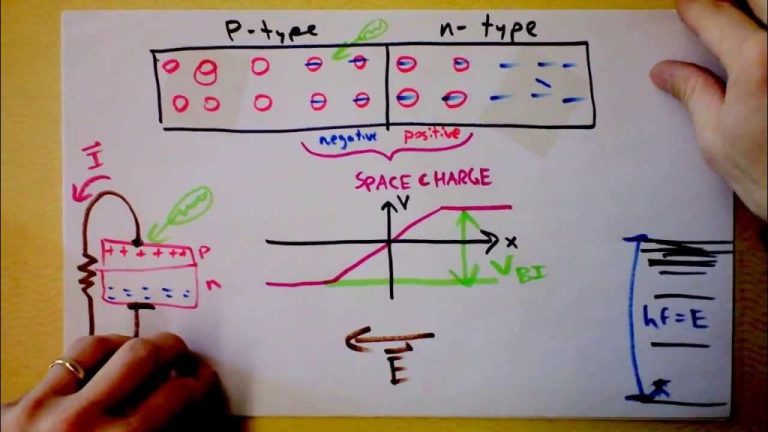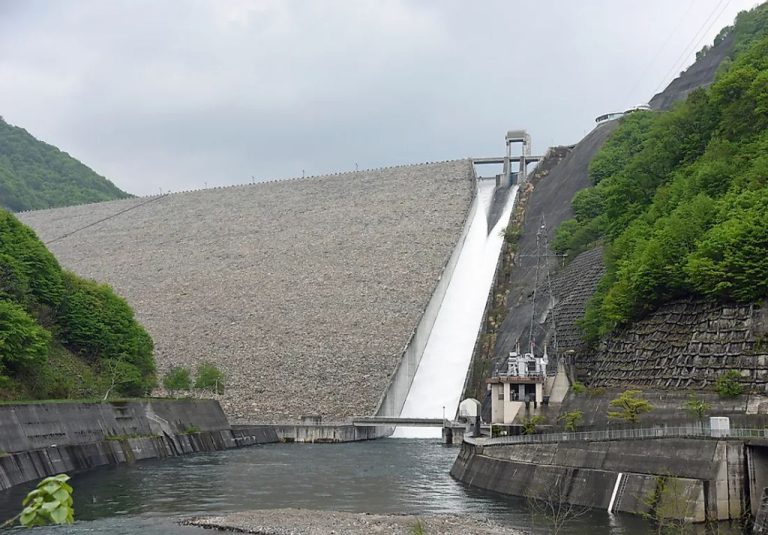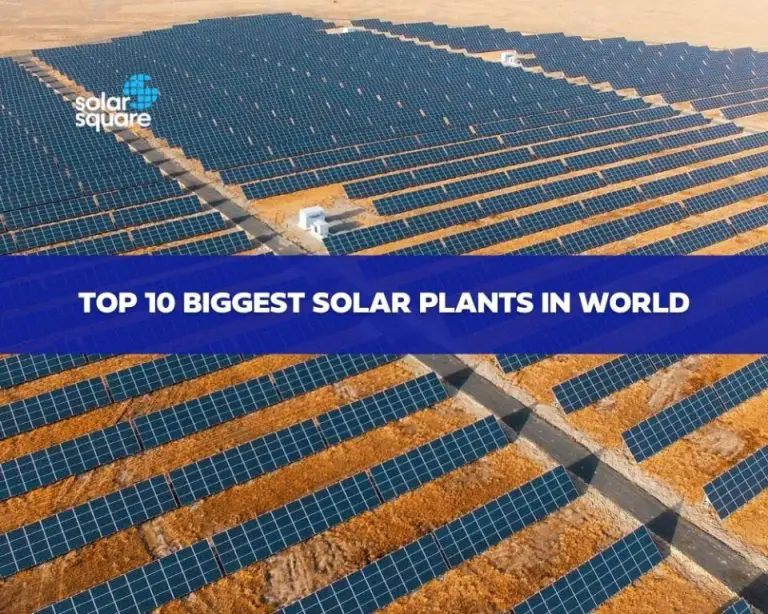Is Large Hydro Considered Renewable?
Introduce the Controversy
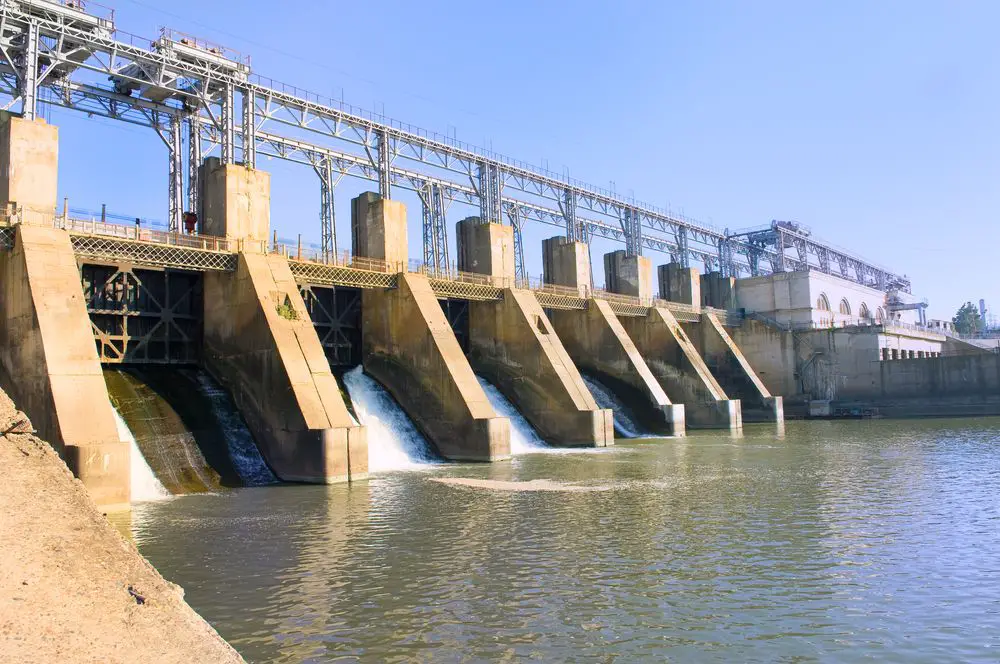
The debate around whether large hydroelectric dams should be considered renewable centers around the environmental and social impacts of these massive projects. Large hydroelectric facilities are defined as dams with a capacity of more than 30 megawatts, such as the Three Gorges Dam in China, which has a capacity of 22,500 megawatts, or the Hoover Dam in the U.S., with 2,080 megawatts of capacity [1]. While hydroelectric power is a low-carbon energy source that provides around 16% of the world’s electricity [2], large dams flood habitats, disrupt ecosystems, and displace communities. Critics argue that the environmental and social damage makes large hydro inconsistent with the concept of renewable energy. But proponents say large hydro’s benefits outweigh the costs and is essential for replacing fossil fuels.
History and Growth
Early hydroelectric projects began in the late 1800s with hydro projects like Niagara Falls contributing to the spread of electricity networks. Hydroelectric dams spread rapidly in the early 20th century, especially in developed countries like the United States which contains over 2,000 hydro facilities today. According to Hathaway (2014), major hydroelectric projects also financed early economic development in many nations.
Some countries like Canada, China, Brazil and India have built massive amounts of large hydro capacity to power their economies. For example, China has over 23,000 hydro facilities today totaling over 352 GW of capacity, the most in the world (International Hydropower Association, 2020). Developing countries, especially in Asia, Africa and Latin America, contributed the most growth in large hydro dams since the 1990s.
Sources:
https://archive.internationalrivers.org/sites/default/files/attached-files/electric_capitalism_-_5_the_great_hydro-rush__the_privatisation_of_africa_s_rivers.pdf
https://www.researchgate.net/profile/David_Mcdonald37/publication/336810196_Electric_Capitalism_Recolonizing_Africa_on_the_Power_gRID/links/5db306eea6fdccc99d9cf4ed/Electric-Capitalism-Recolonizing-Africa-on-the-Power-gRID.pdf
Benefits
Large hydro dams can provide stable, reliable electricity that acts as a base load power source. They operate flexibly and can be dispatched to meet swings in demand (Quizlet). Once built, they have an extremely long life span of 50-100 years and the fuel they use (flowing water) is free (Quizlet). This makes them a relatively cheap energy source to operate and maintain.
Hydropower is considered an emissions-free and clean energy source. It does not directly produce air pollution, carbon dioxide or other greenhouse gases when generating electricity like fossil fuel sources do (Quizlet). Dams can help mitigate climate change by displacing more carbon-intensive forms of electric generation.
The reservoirs created by hydroelectric dams also provide energy storage capabilities. Water can be stored in the reservoir and released when electricity demand is high. Pumped storage facilities can even push water up into the reservoir during low demand periods to be utilized later. This storage provides a flexible way of meeting peak loads in the grid (Quizlet).
Criticisms and Concerns
While large hydroelectric dams provide clean energy, they also have some significant drawbacks and criticisms. One major concern is the displacement of communities when valleys are flooded to create reservoirs. For example, the Three Gorges Dam in China displaced over 1.2 million people, requiring resettlement on less desirable land (1). Dams also lead to the loss of substantial areas of land and habitats. The new reservoir formed by the Three Gorges Dam flooded 13 cities, 140 towns, and over 1,300 villages (2). Valuable farmland, forests, wildlife habitats, and ecosystems can be degraded or lost entirely.
Large reservoirs are not emission-free either. As vegetation decomposes underwater, reservoirs can emit significant amounts of greenhouse gases like methane and carbon dioxide. One study found that methane emissions from hydropower reservoirs accounts for 4% of all anthropogenic methane emissions (3). Finally, the huge pressure of water built up in reservoirs poses seismic risks. Reservoir induced seismicity has been observed near several large dams.
Sources:
(1) https://www.ucsusa.org/resources/environmental-impacts-hydroelectric-power
(2) https://www.eia.gov/energyexplained/hydropower/hydropower-and-the-environment.php
(3) https://www.usgs.gov/special-topics/water-science-school/science/hydroelectric-power-water-use
Small vs Large Hydro
Hydroelectric dams are primarily categorized based on their generating capacity. Small hydro facilities have capacities up to 30 megawatts (MW), while large hydro facilities can generate thousands of megawatts. The largest dam in the United States, Grand Coulee in Washington state, has a capacity of around 6,800 MW.
In recent years, there has been significantly more support for small hydro projects versus large dams. Small hydro development provides similar benefits as large facilities in terms of renewable energy generation, but with less environmental impacts. Large hydro dams require flooding massive areas to create reservoirs, which can displace communities and disrupt ecosystems. The large reservoirs also result in increased water evaporation and methane emissions from decomposing plants. In contrast, small hydro dams operate on a smaller, “run-of-river” scale with minimal reservoirs and impacts.
According to the Director Report–Interim Report for Phase I – Distributed energy systems in California’s … – California Wind Energy Collaborative, small hydro dams have significantly less environmental impacts compared to large hydro. Small hydro is seen as a renewable energy source that can provide clean power with minimal ecosystem disruption.
Hydropower’s Share of Renewables
Hydropower is considered the largest source of renewable power globally, accounting for over 50% of renewable electricity generation worldwide according to the International Energy Agency (Executive summary – Hydropower Special Market Report). In 2021, hydropower generated approximately 16% of the world’s total electricity production and over 60% of all renewable electricity, based on data from the International Hydropower Association (Facts about Hydropower).
The contribution of hydropower varies by country and region. For example, hydropower accounts for over 90% of renewable electricity in Canada, around 75% in Norway, and 65% in Brazil. In the United States, hydroelectricity makes up 28.7% of renewable power generation and 6.2% of total electricity generation as of 2021, according to the U.S. Department of Energy (Hydropower Basics).
Policies and Incentives
Hydropower has received government subsidies and incentives in the past, but support has waned in recent years as the focus shifts to non-hydro renewables. According to an article on Key Policies for Waterpower, at the state level hydropower advocates support clean energy standards that include hydro, but many states exclude large hydro from their renewable portfolio standards.
There has been a major push for wind and solar incentives, often at the expense of hydropower. As noted in the Wikipedia article on U.S. hydropower policy, tax credits and other policies have favored non-hydro renewables in recent years. Hydro’s share of renewable energy generation has declined as a result.
According to this article from Governing, hydropower makes up over half of U.S. renewable energy generation, yet large hydro projects don’t always count toward renewable energy goals at the state level. There is debate around hydro’s place as a renewable resource.
Sustainability Efforts
Large dams and hydropower plants have taken steps to become more sustainable in recent years in response to environmental concerns. Some efforts have focused on helping fish populations survive and thrive.
For example, fish ladders and fishways have been installed at many dams to allow fish to migrate upstream past the dams. These systems use a series of graduated pools and channels that mimic natural migration patterns and allow fish to “climb” around the dams (Ensia). Conservation hatcheries have also been established to breed endangered fish species affected by dams.
Dam operators have also adopted new reoperation strategies to release water in a more natural, variable pattern instead of at steady, even rates. This helps restore downstream ecosystems and sediment transport while still allowing power generation (PNAS).
Stringent environmental impact assessments are now required for any new large dam projects. These help identify potential ecological issues and require mitigation strategies to offset environmental damage. However, some argue these assessments are still inadequate.
Looking Forward
As the world transitions to clean energy, hydro will continue to play a crucial role in meeting electricity demand sustainably. Hydropower offers a stable, renewable source of energy that can balance variable supplies from wind and solar. With the right policies and incentives, next-generation hydro projects can expand capacity while minimizing environmental impacts.
Many existing dams can be retrofitted with more efficient turbines and technology to increase generation. The U.S. Department of Energy estimates capacity could grow by 50% at existing dams. New pumped storage facilities that recycle water between reservoirs can provide storage to support renewable integration. Small-scale and low-impact hydro, like in-stream turbines, offer localized renewable energy.
Sustainability will be key for new hydro development. Projects should avoid sensitive ecosystems and design infrastructure to allow fish migration and sediment transport. Working with local communities and indigenous groups will ensure appropriate siting. Emerging technologies like hydrokinetic power from ocean waves and tidal currents may offer potential too.
With proper planning and innovation, hydropower can meet rising clean energy demand while safeguarding rivers and ecosystems. The next generation of hydro can usher in a more sustainable future. (https://www.energy.gov/eere/water/articles/hydropower-key-clean-energy-future-heres-why)
Conclusion
In conclusion, the question of whether large hydro should be considered renewable is a complex one with valid perspectives on both sides. On one hand, hydroelectricity does rely on an endless natural resource – the water cycle – to generate renewable electricity. Large hydro plants can provide huge amounts of reliable and affordable clean energy to the grid. However, large dams and reservoirs also come with considerable environmental and social impacts that must be weighed against the benefits. There are ongoing concerns about ecosystem disruption, methane emissions, and displacement of communities.
Ultimately, there is room for innovation and improvement in large hydro to make it more sustainable. Some best practices include implementing fish ladders, maintaining minimum water flows, and designing “run of river” facilities with minimal reservoirs. The most responsible path forward is likely finding the right balance between taking advantage of hydroelectricity’s benefits while also mitigating its downsides and respecting public concerns. With careful implementation and environmental stewardship, large hydro can be an important part of the renewable energy mix. But it also pays to continue advancing other complementary renewable sources like solar, wind and geothermal.

